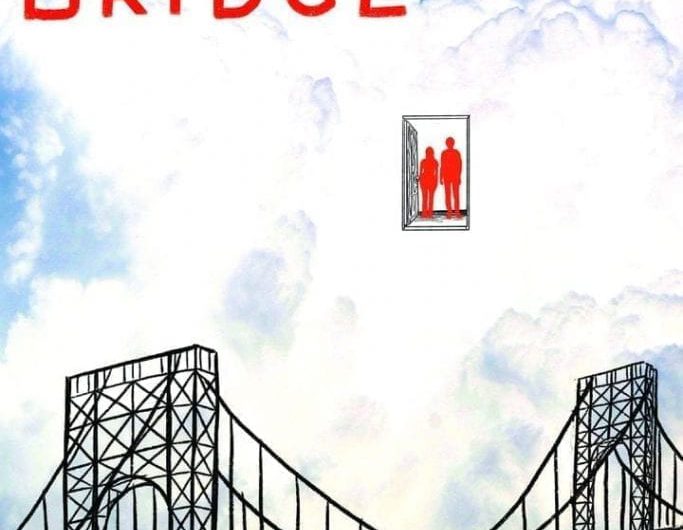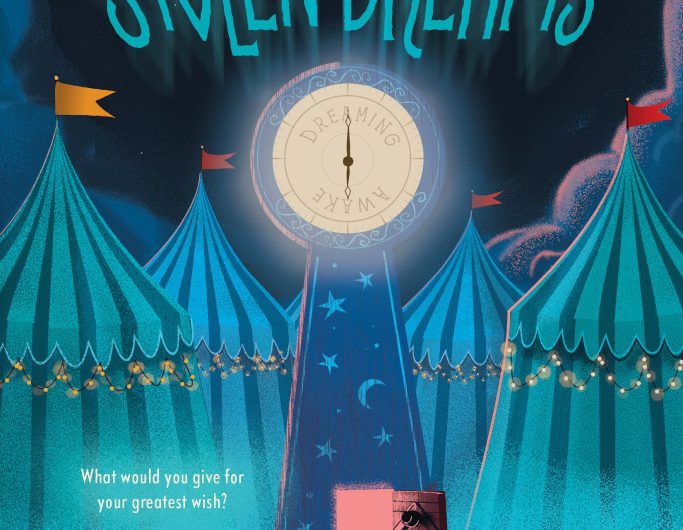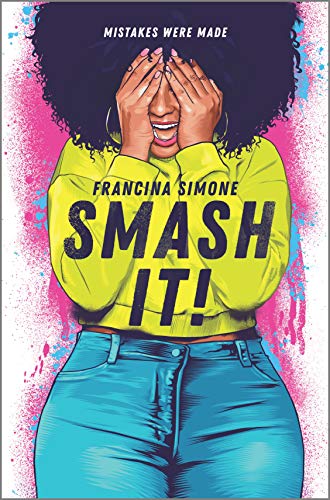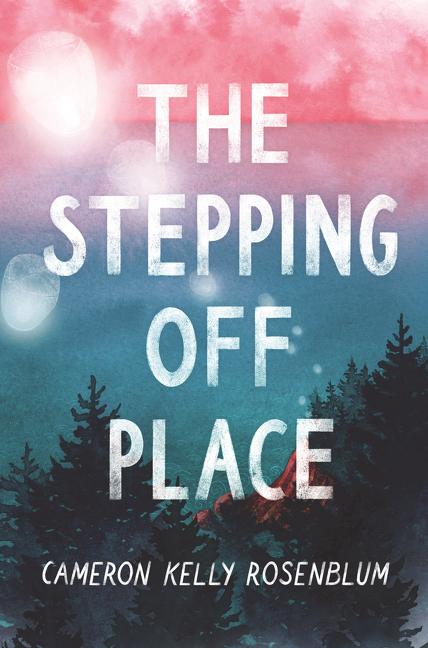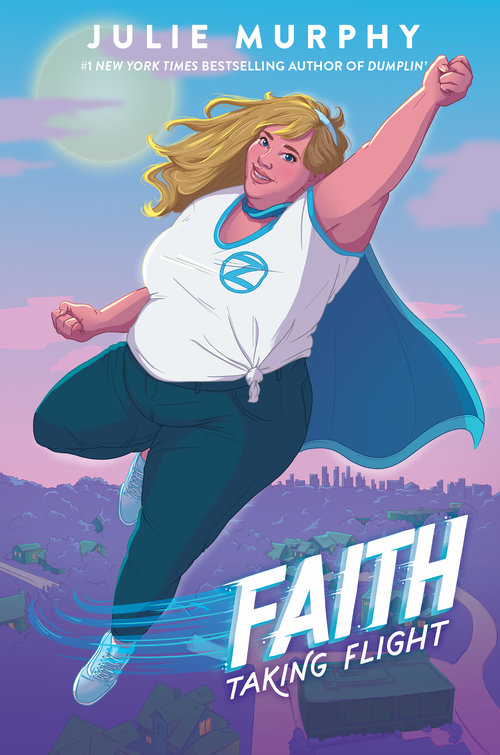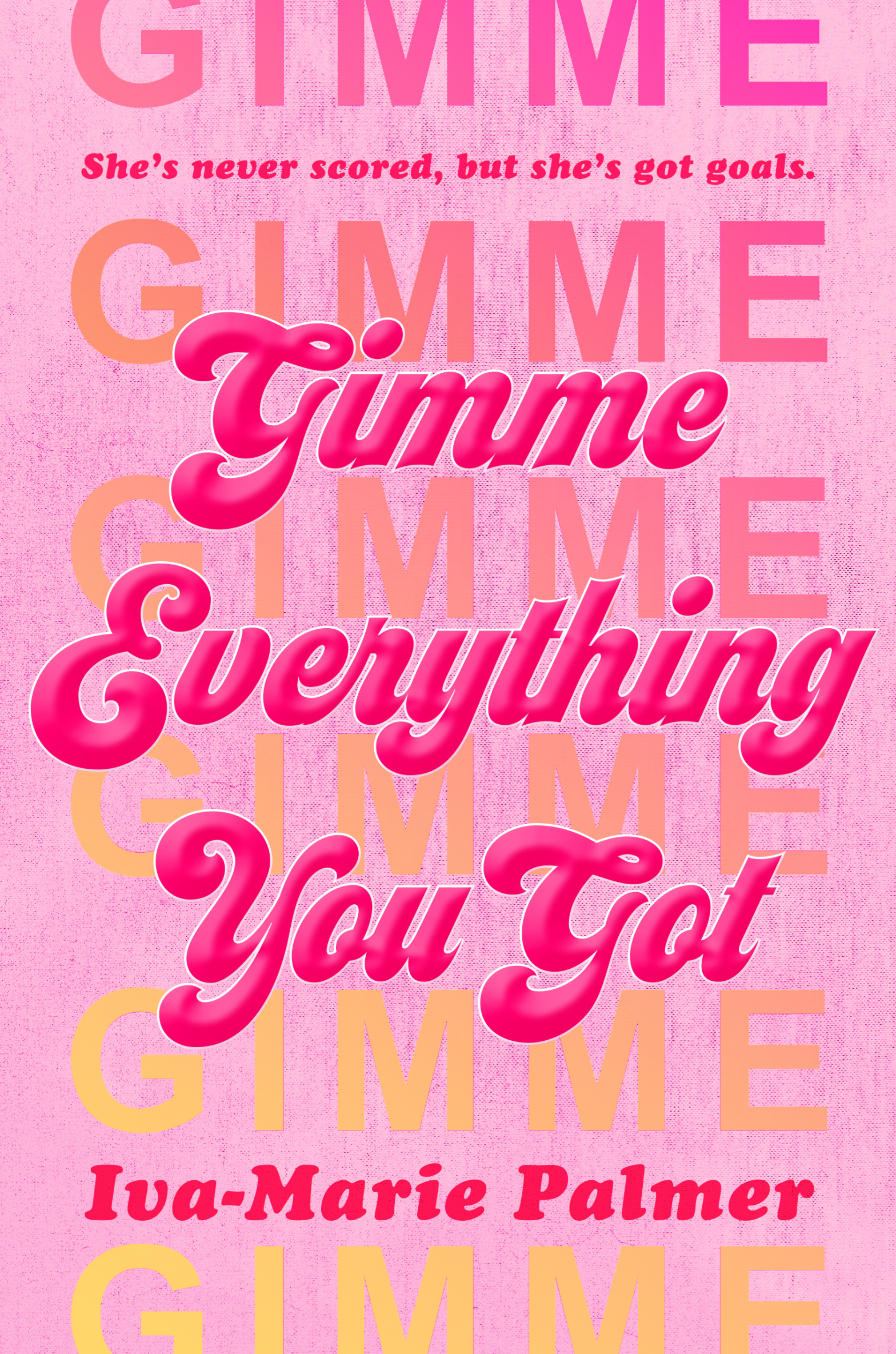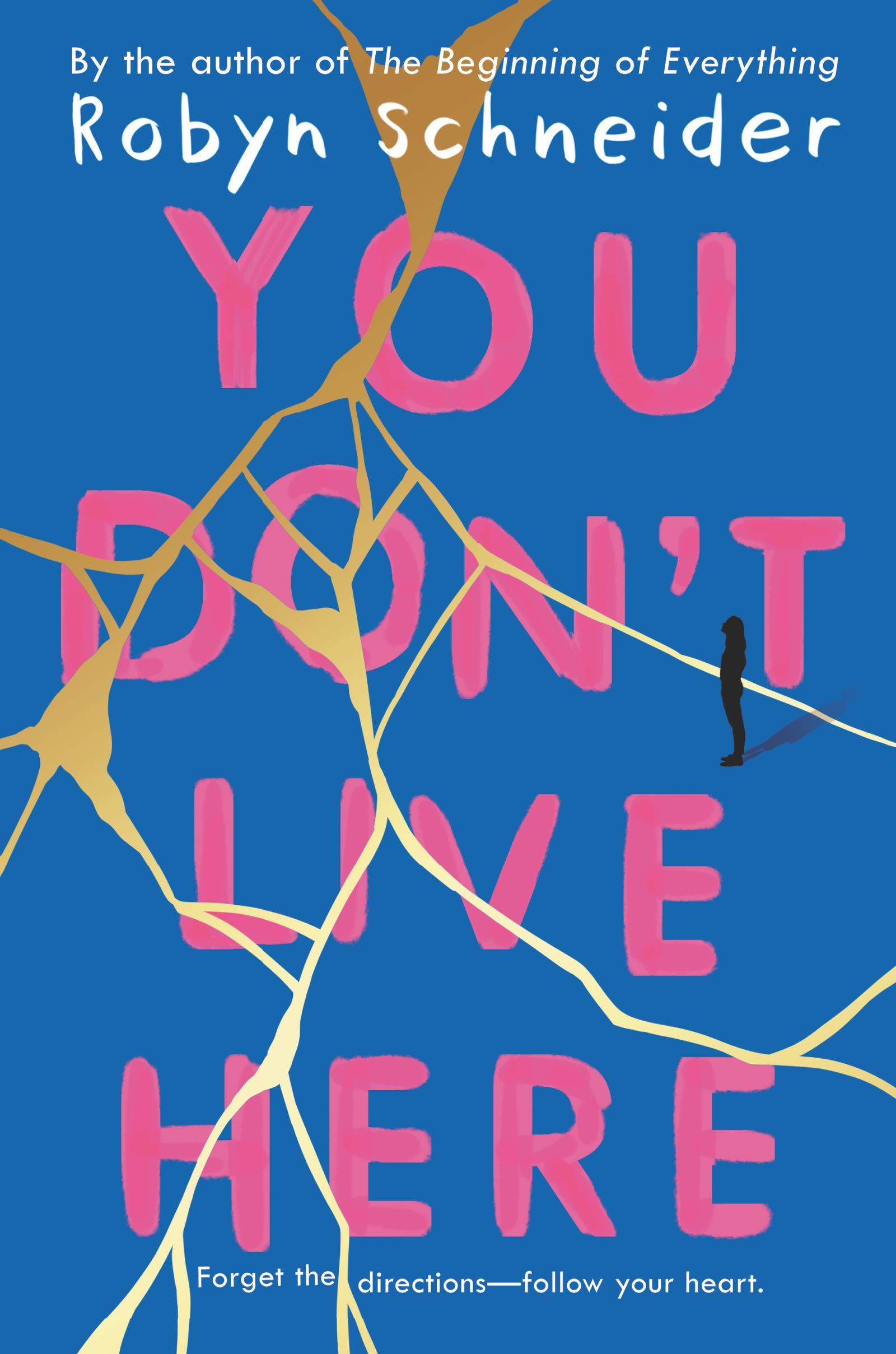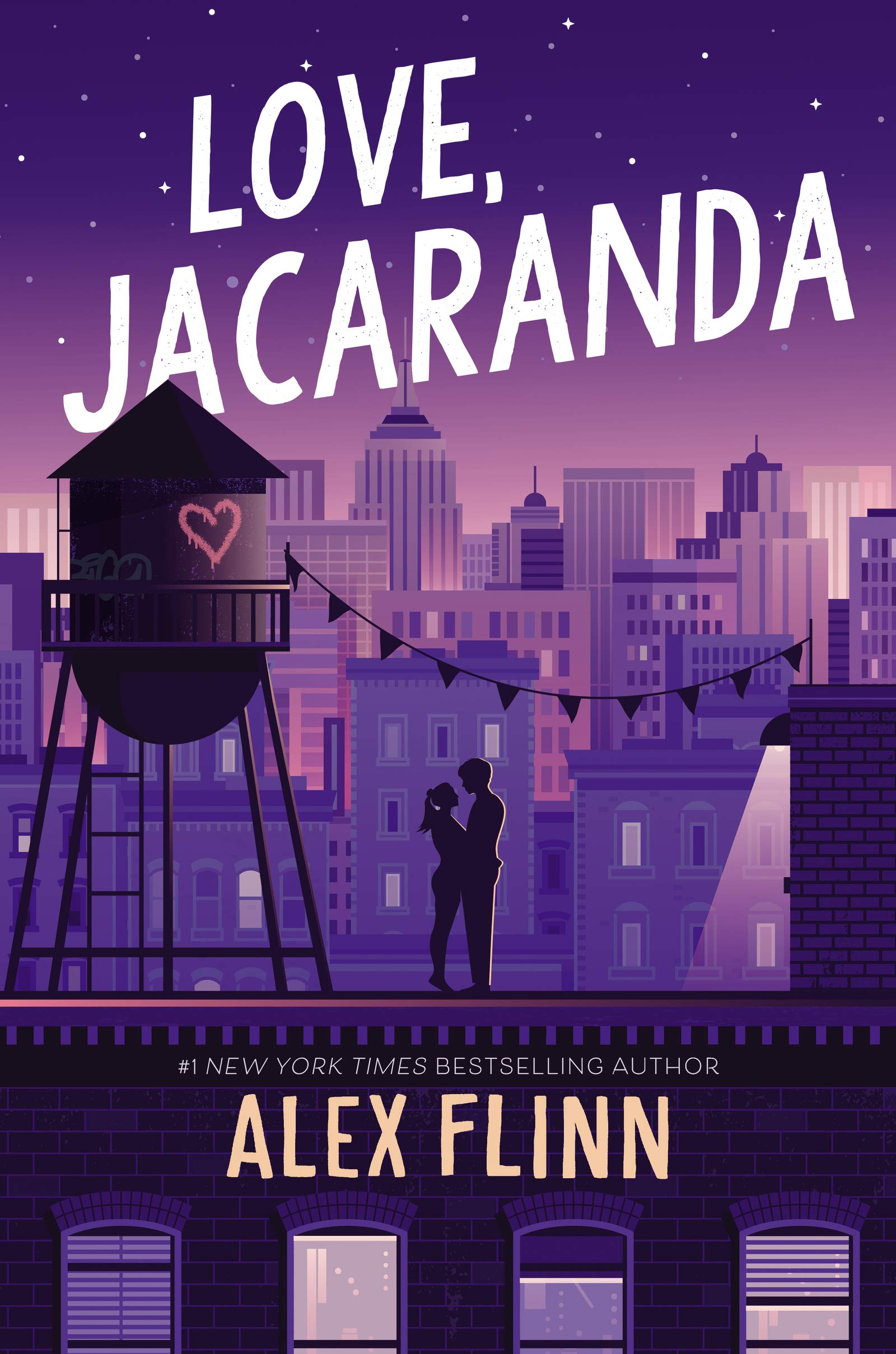The Bridge by Bill Konigsberg
In an effort to share with readers the challenges faced by a person who endures the misbehavior of brain chemicals, Bill Konigsberg writes his novel The Bridge in a nonlinear form. Under the influence of his pen, the reader’s brain trips over itself, unclear and unsure of reality. Does Tillie Stanley—a girl with a beautiful, smart, funny, and magnetic personality—jump from the George Washington Bridge to drown in the Hudson River in New York? Does Aaron Boroff—a creative, friendly, musically-inclined seventeen-year-old with a sense of humor commit suicide? Or do both decide to put their broken lives back together? Just when the reader believes he/sheRead More →

